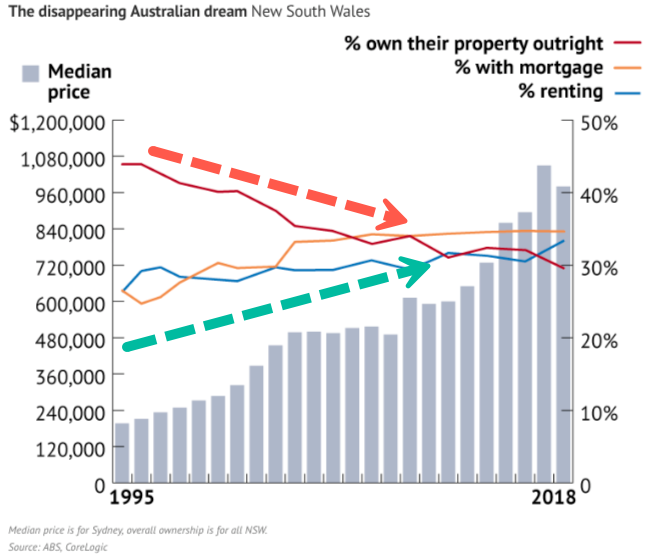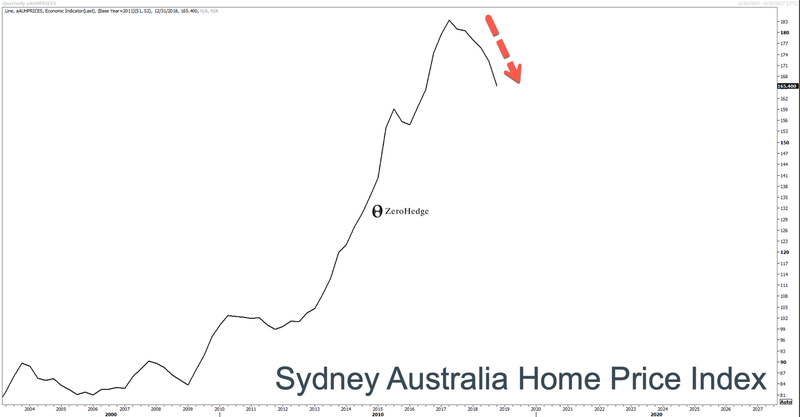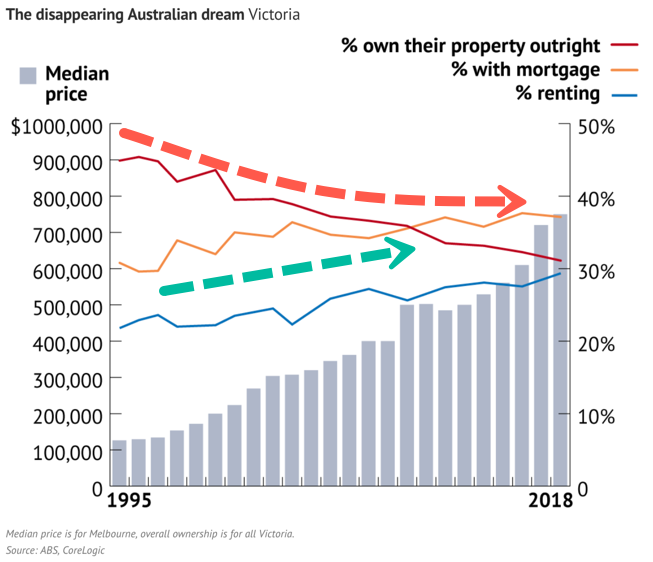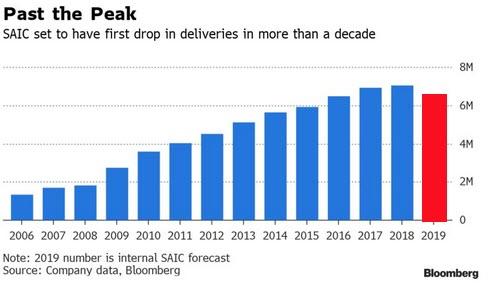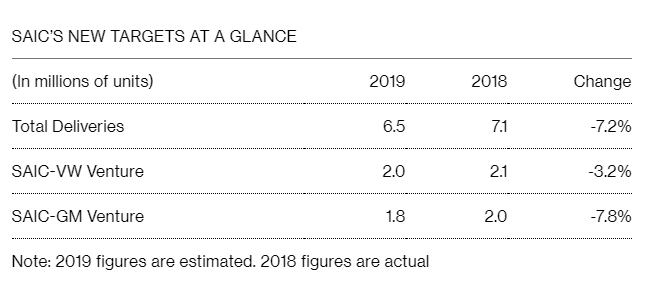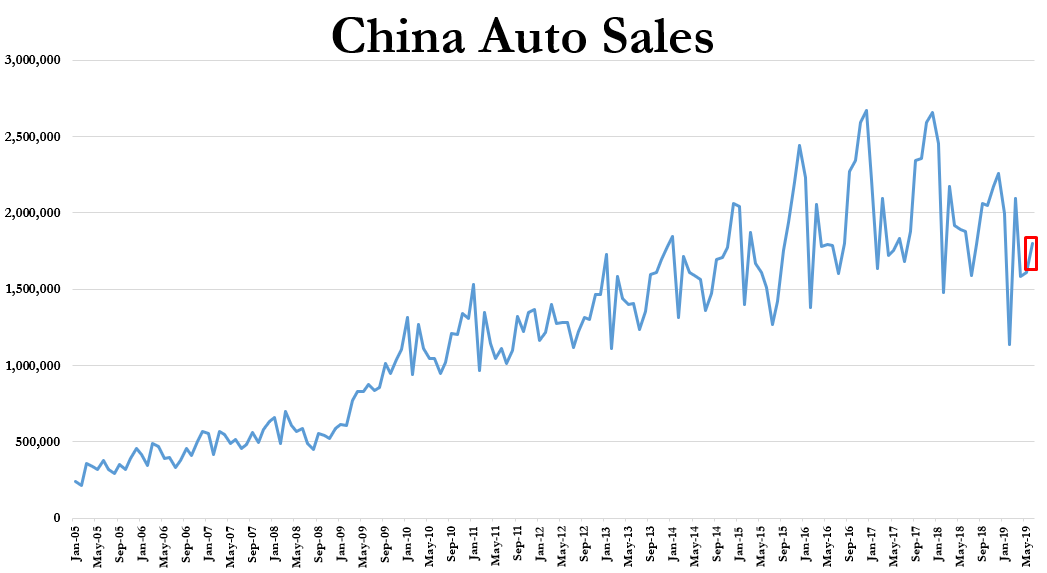Fifty years ago, Apollo 11 fulfilled President John F. Kennedy’s 1961 promise to land Americans on the Moon. It was exactly the sort of project at which government was supposed to excel: a grand endeavor with no immediate payoff harnessing the resources of an entire nation.
Arguably, all it really demonstrated was that, if you could mug the taxpayers of an extremely wealthy nation to fund a scheme with no obvious benefit, you could orchestrate history’s coolest photo opportunity and show up those damned Russkies.
Some people mourn the end of the Apollo era as the end of heroic projects. It’s more accurate to say that it was the end of federal dominance of the public image of innovation and the dawn of an era of lower-profile but more-beneficial developments that improve human health, happiness, and wealth.
More beneficial? But didn’t the space program give us Tang? Actually, no—the stuff was already around, just not particularly popular until NASA made the astronauts drink it. But sure, let’s give NASA credit for marketing drink mix (it’s got the electrolytes Moon rocks crave!).
The private sector, on the other hand, has transformed the world around us with communications technology, computers, medicines and medical devices, and innovations in biotechnology. I’m probably missing something there, so feel free to email or tweet my oversight to me (in Apollo days, you’d have had to entrust your jabs to the government mail or a federally guaranteed telephone monopoly).
These transformations come courtesy of a host of sources, some involving government endeavors, many purely private, and others conflating the two—especially when it comes to defense spending, which has flowed in copious quantities over the years to many takers.
Increasingly, the researchers changing and improving the world in which we live do so for private businesses and independent organizations, seeking to solve specific problems or meet the perceived needs of consumers.
“U.S. [research and development] funding reached an all-time high of $499 billion in 2015,” according to estimates from the National Science Foundation‘s National Center for Science and Engineering. “This will represent the largest amount the U.S. or any nation has ever spent on R&D in a single year,” reported the American Institute of Physics (AIP) in 2016.
Of that $499 billion, “the federally sponsored share fell to a record-low 23 percent while the business sector’s share rose to a record-high 69 percent,” AIP noted. The federal government’s share of spending was at its lowest level since 1953, the year the National Science Foundation started measuring.
In 2016, the private sector funded 73 percent of U.S. research and development—$374.7 billion of $515.3 billion—the National Science Foundation announced earlier this year.
Meanwhile, the world has morphed in recent years in strange and interesting ways that may not be as dramatic as a Moon landing but are at least as important. These changes are apparent from the fact that I’m typing this article on a laptop computer on the back patio of my rural Arizona home. When finished, I’ll transmit it almost instantaneously to my editor in Washington, D.C. As I work, I’m doing my best to ignore the noisy endeavors of my teenage son, who himself is a result of fertility treatments unavailable a few decades ago and who has acquired most of his education remotely, using a variety of lessons and resources available to him far from any traditional classroom.
Even the internet that makes much of this possible and is sometimes credited to government is more accurately described as the result of a private efforts building on earlier public initiatives, with heavy emphasis on entrepreneurialism departing from and prevailing over Defense Department priorities.
Not everything new and cool is sitting on or near my patio table, though.
The world around us would be almost unimaginable—for good or ill—without cell phones. Lots of people contributed to the development of the technology, but the final spur came from rivalry between engineers at Bell Laboratories and Motorola. “Joel, this is Marty. I’m calling you from a cellphone, a real, handheld, portable cellphone,” Motorola’s Marty Cooper reportedly boasted to his rival, Bell’s Joel Engel, in the very first public call, placed as reporters looked on.
Golden rice, which started as a Rockefeller Foundation initiative, “has the potential to reduce or eliminate much of the death and disease caused by a vitamin A deficiency,” according to a letter signed by 144 Nobel Laureates. The modified rice is prominent among the low-key but potentially world-changing developments of the biotechnology revolution in general, and genetically modified organisms in particular.
Perhaps less important in terms of biotechnology, but still intriguing, is the looming challenge to vegans: is lab-grown meat ethically acceptable? The schism should be GMO popcorn-worthy.
3D printing has picked up buzz since the 1980s as a means of lowering manufacturing costs, speeding production—especially of prototypes and small runs—and evading government restrictions. “The simplicity and low cost of [3D printing] machines, combined with the scope of their potential creations, could profoundly alter global and local economies and affect international security,” the RAND Corporation noted last year.
Tellingly, as the innovations accumulate and transform society, the world is becoming more prosperous, with per-capita income soaring over recent decades (nope—no post-Apollo slump!) in an important break from agonizingly slow historical gains.
“The speed of poverty alleviation in the last 25 years has been historically unprecedented,” Alexander C. R. Hammond wrote in 2017 for the Foundation for Economic Education. “Not only is the proportion of people in poverty at a record low, but, in spite of adding 2 billion to the planet’s population, the overall number of people living in extreme poverty has fallen too.”
Economic liberalization—free markets—get much of the credit for this. Freer markets have opened the floodgates of innovation, research, and development. As a result, “agricultural productivity has greatly improved due to more scientific methods of farming, access to plentiful and much improved fertilisers and pesticides, and new high-yield and disease-resistant plants,” Marian Tupy pointed out last year for CapX.
Yeah, maybe it’s not as overtly heroic as a Moon landing. But people are healthier, happier, and wealthier because of these and myriad other private innovations, inspiring and building on one another.
And yes, that applies to space exploration, too. Recent innovations in launch vehicles and reusable craft come courtesy of private innovators. You can even get spectacle, if that’s what you want, in the form of the Tesla Roadster and mannequin “astronaut” that SpaceX launched into the interplanetary void.
Sure, that was pure marketing, just like the culmination of the original space race. But it was marketing done with the company’s own money. And it was viewed across the world on a host of devices invented and improved by private initiative in the 50 years since the Apollo astronauts took those first steps on the Moon.
from Latest – Reason.com https://ift.tt/2LwvrCb
via IFTTT











